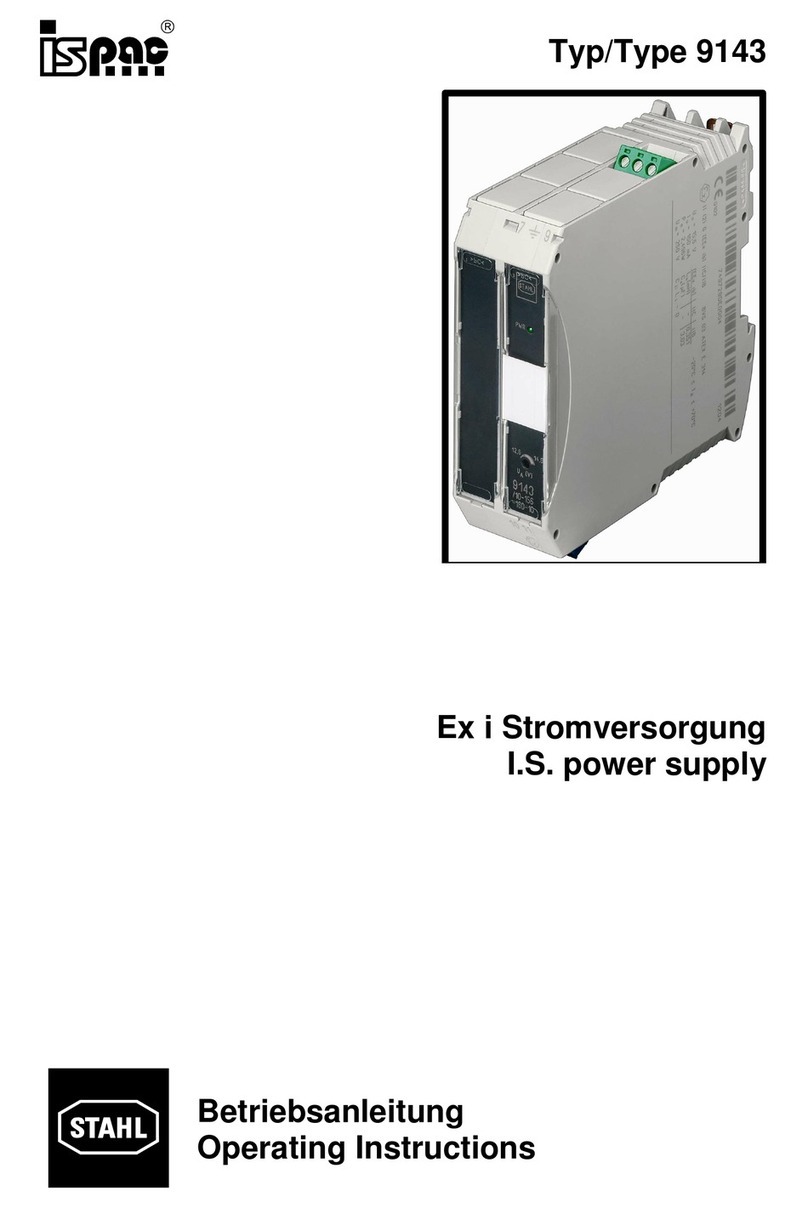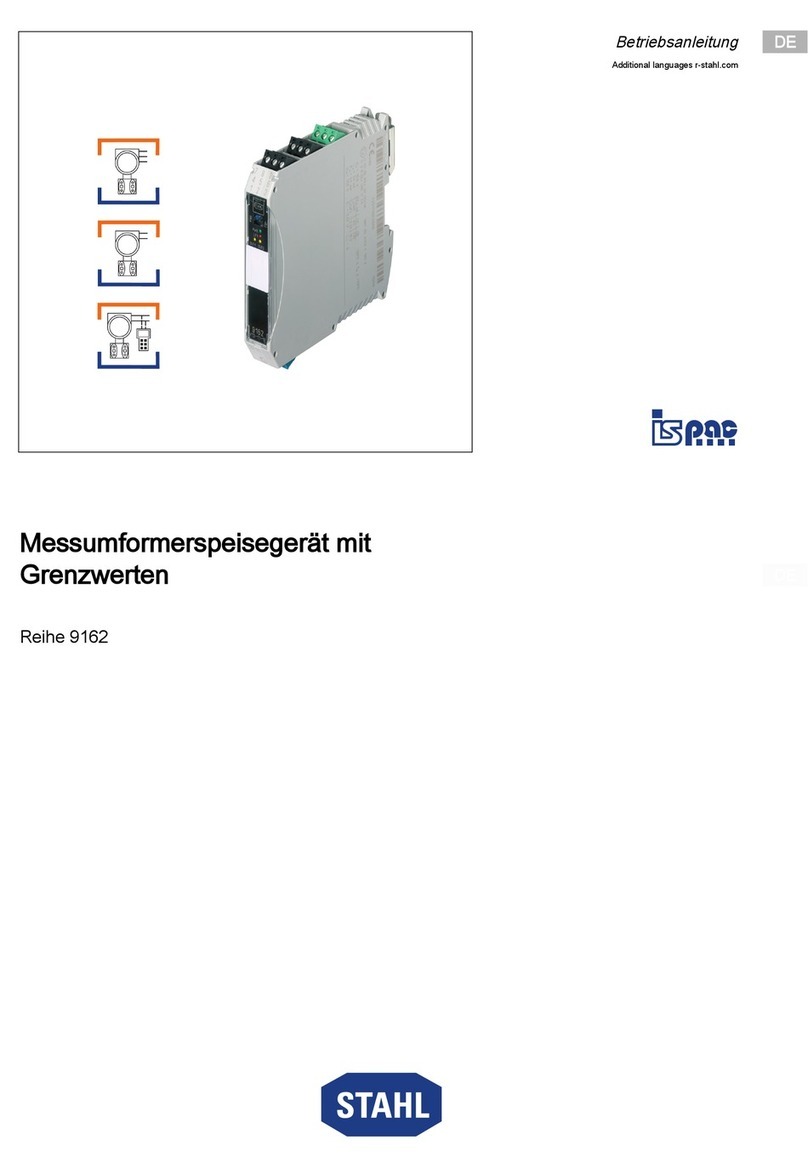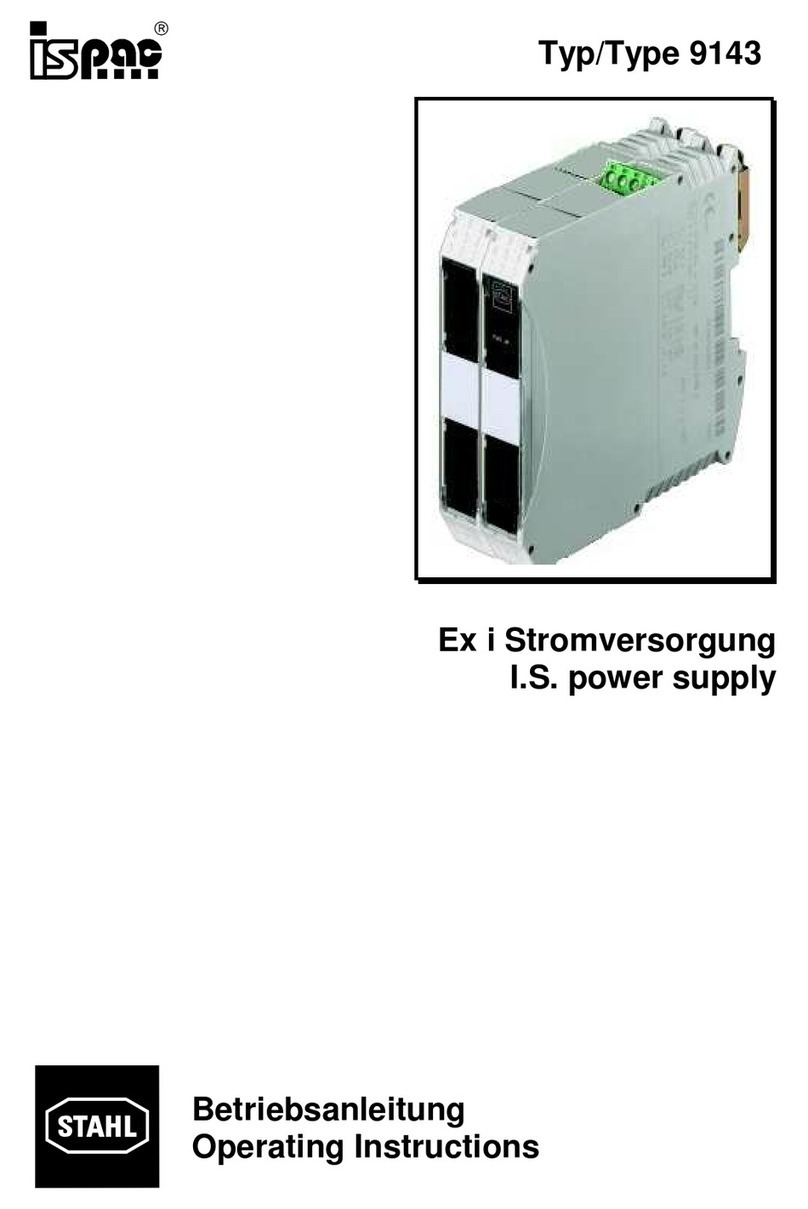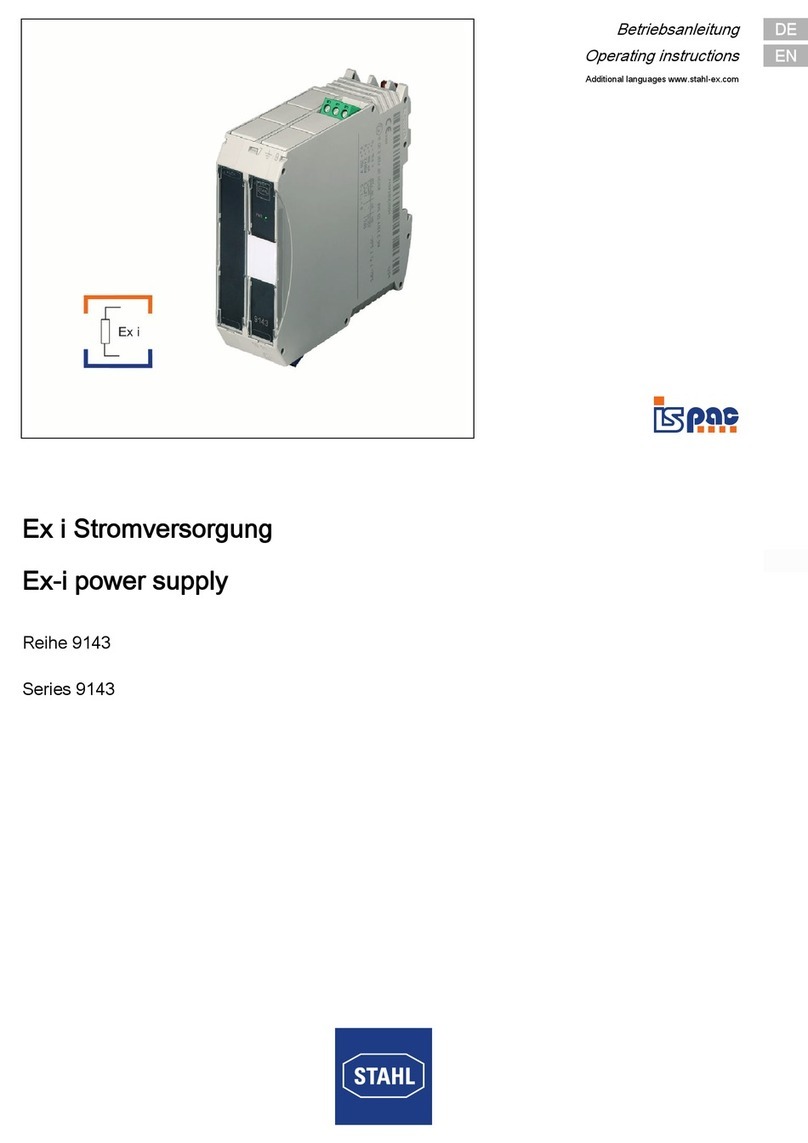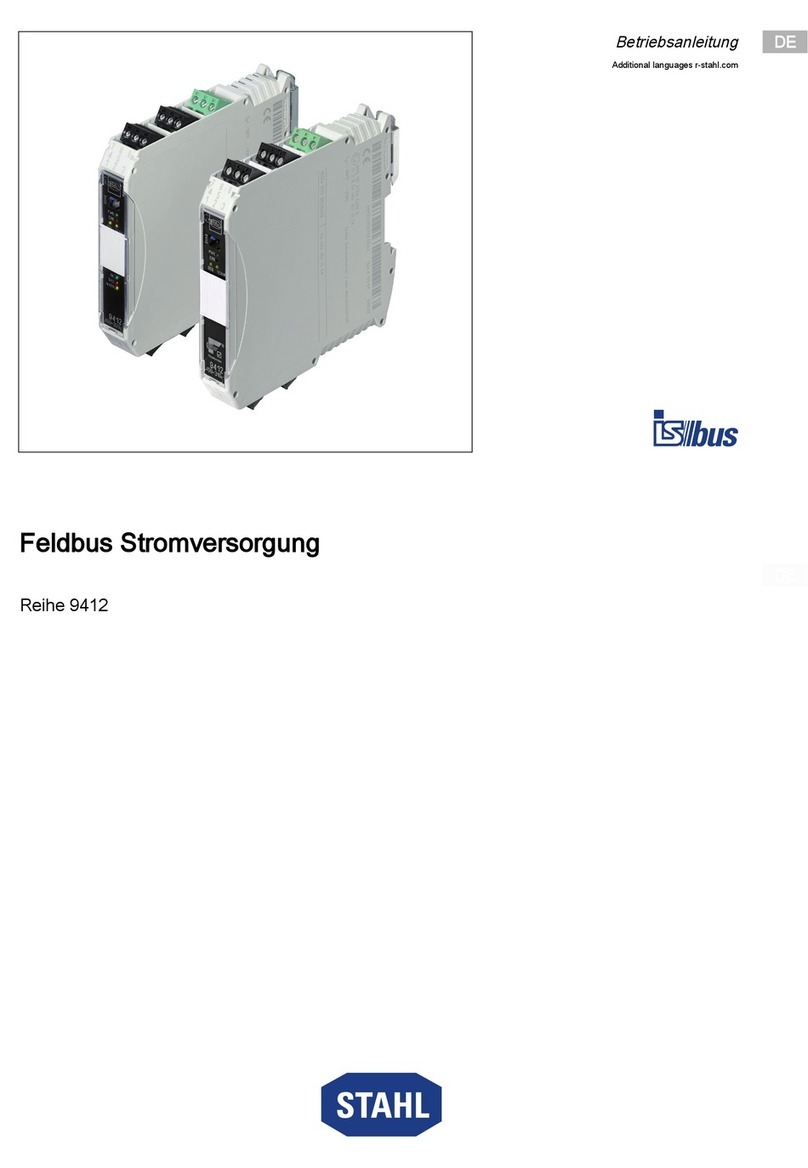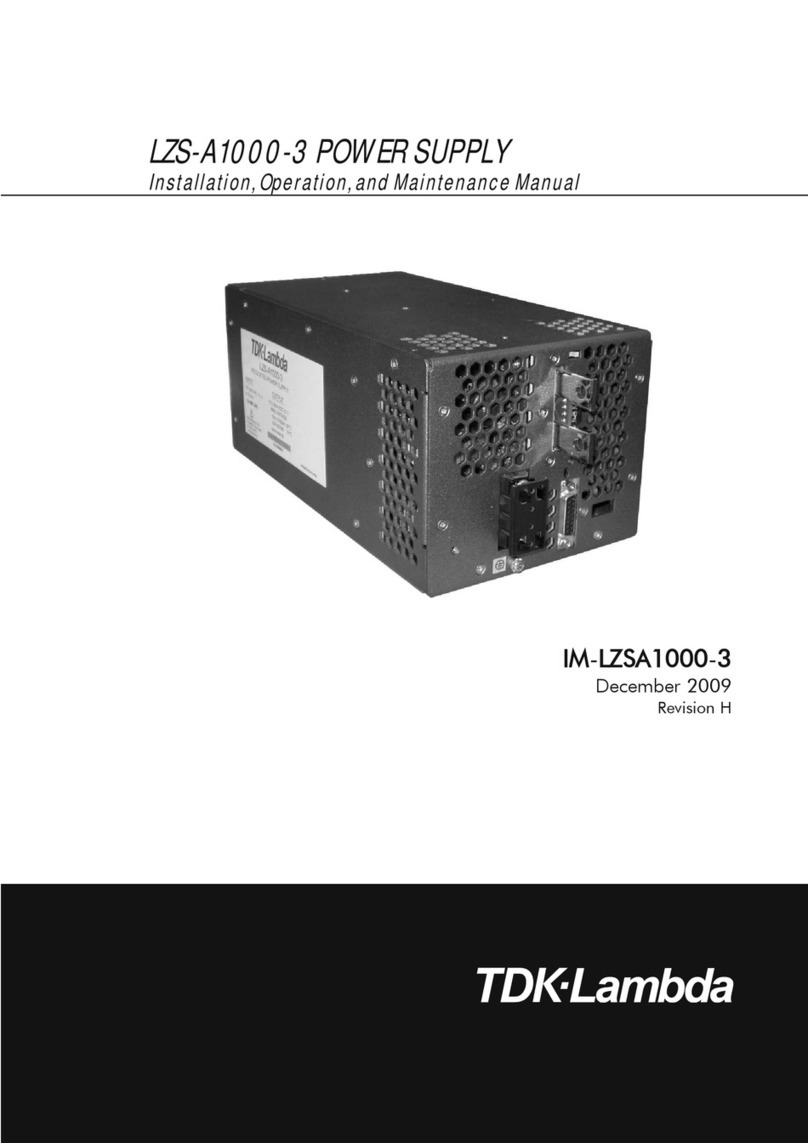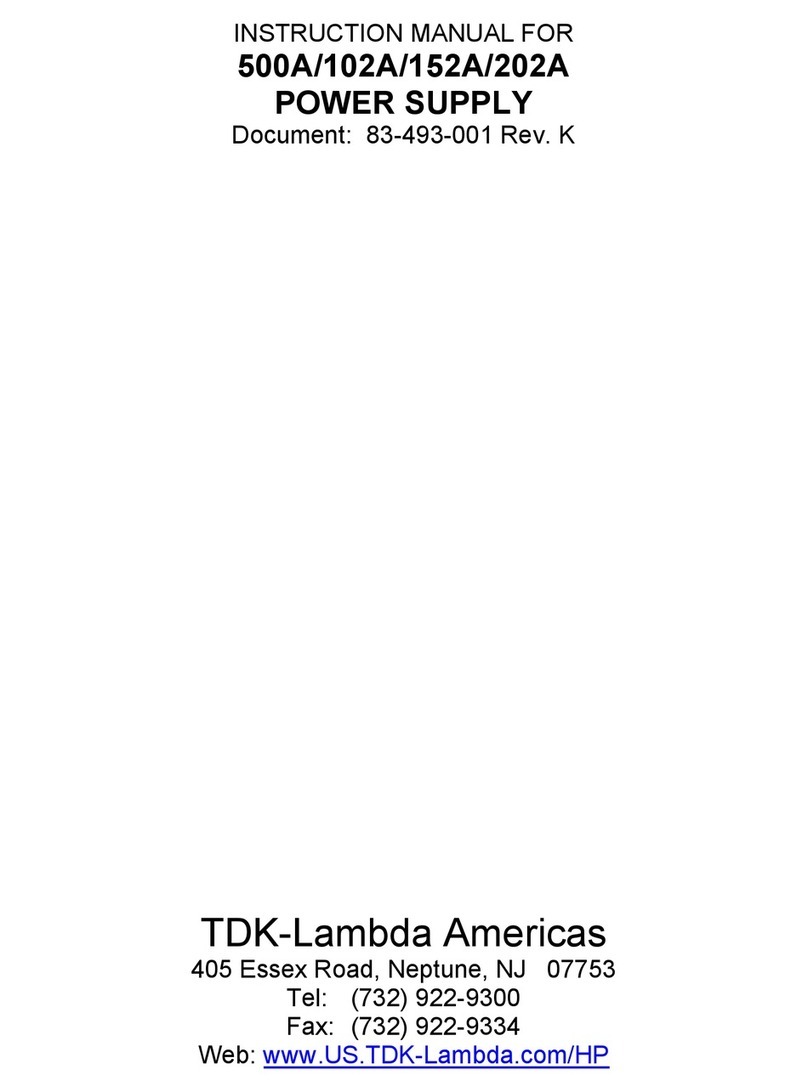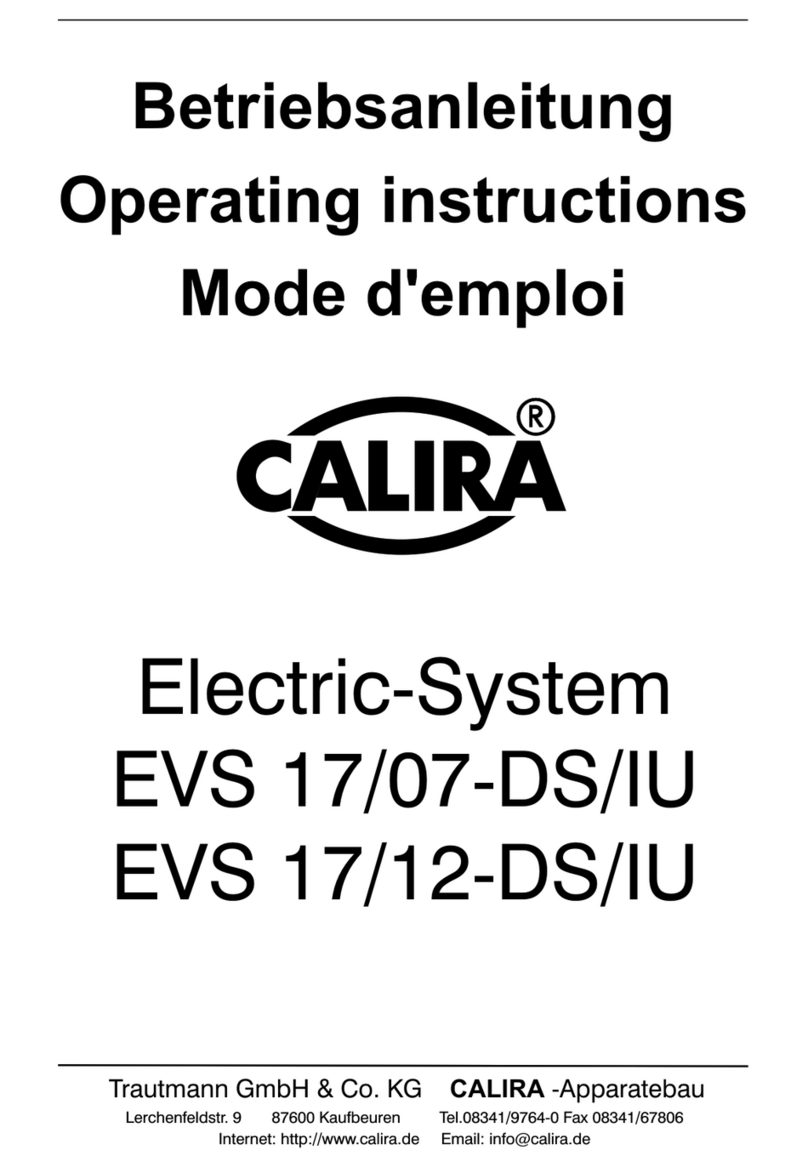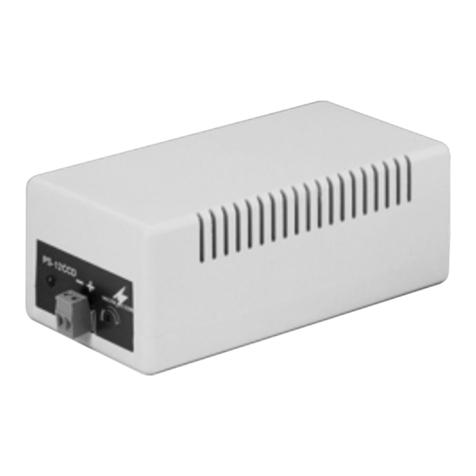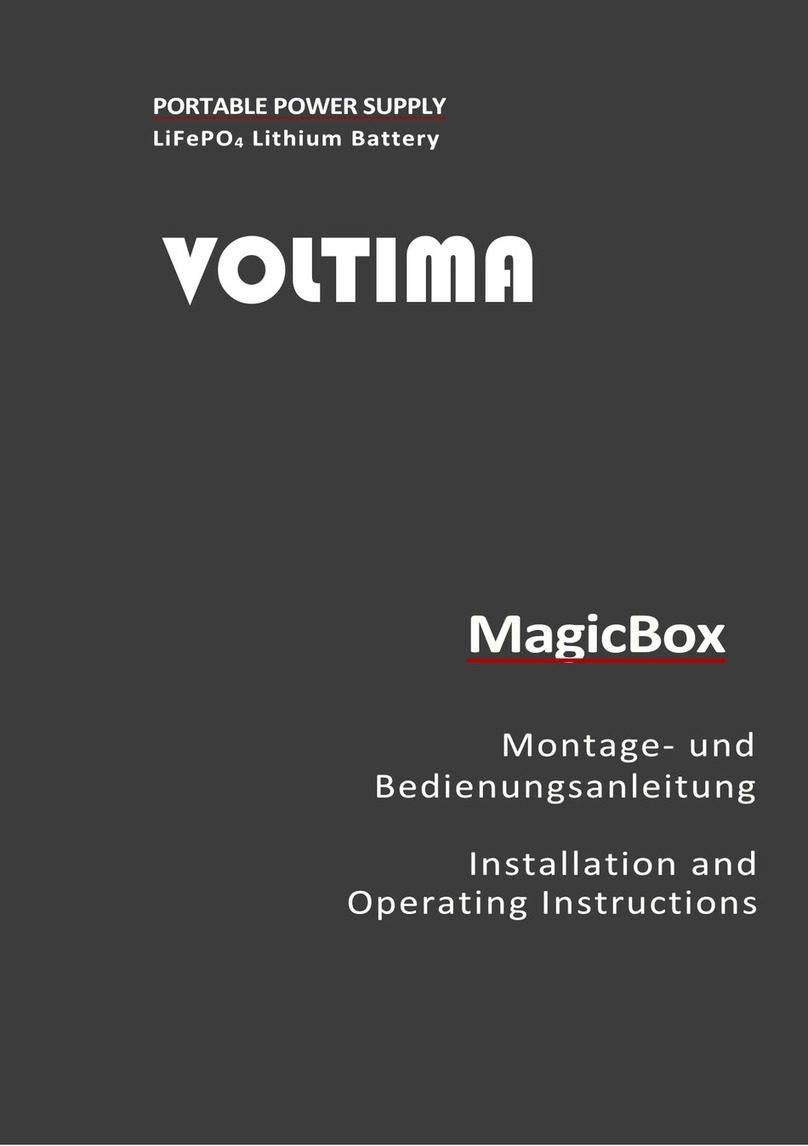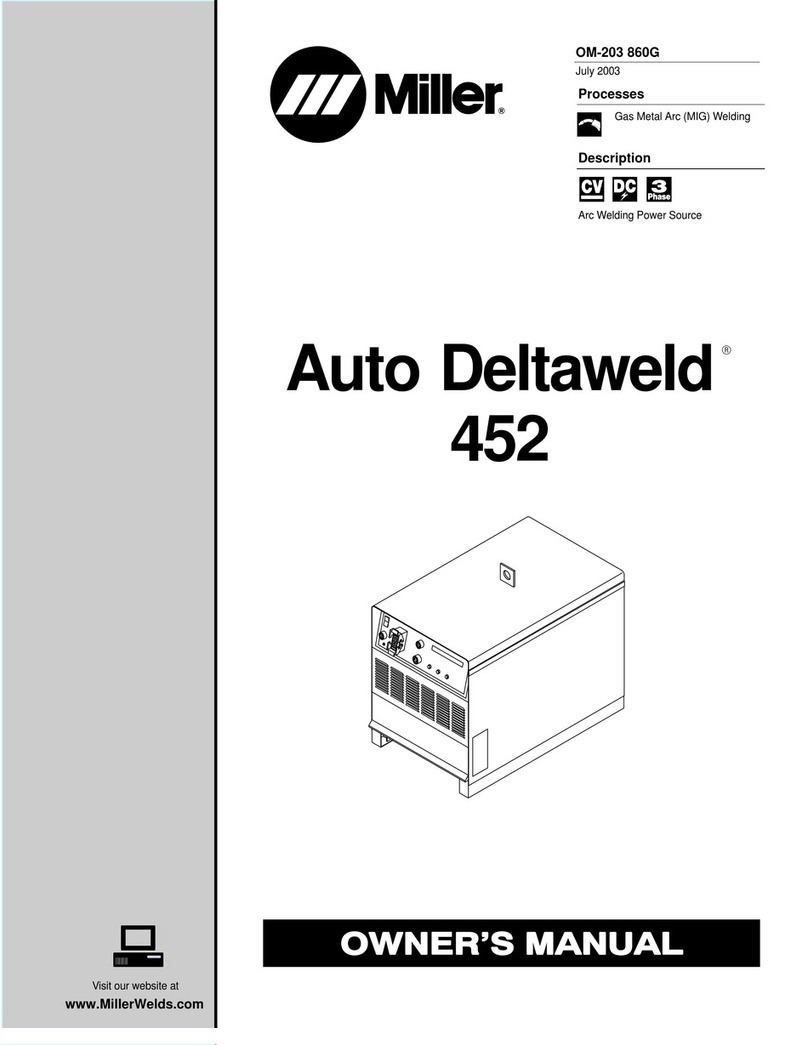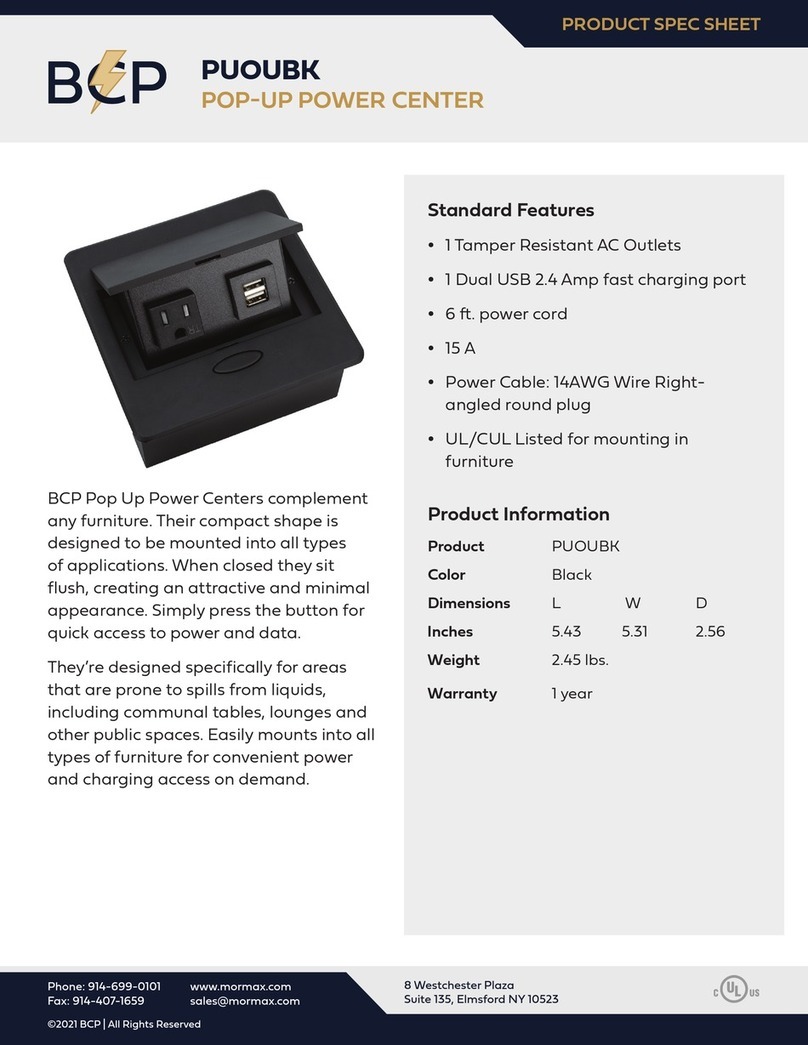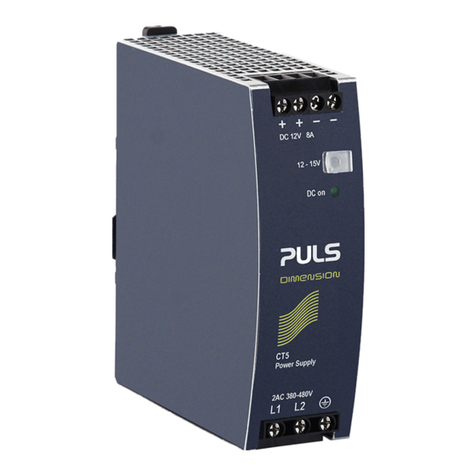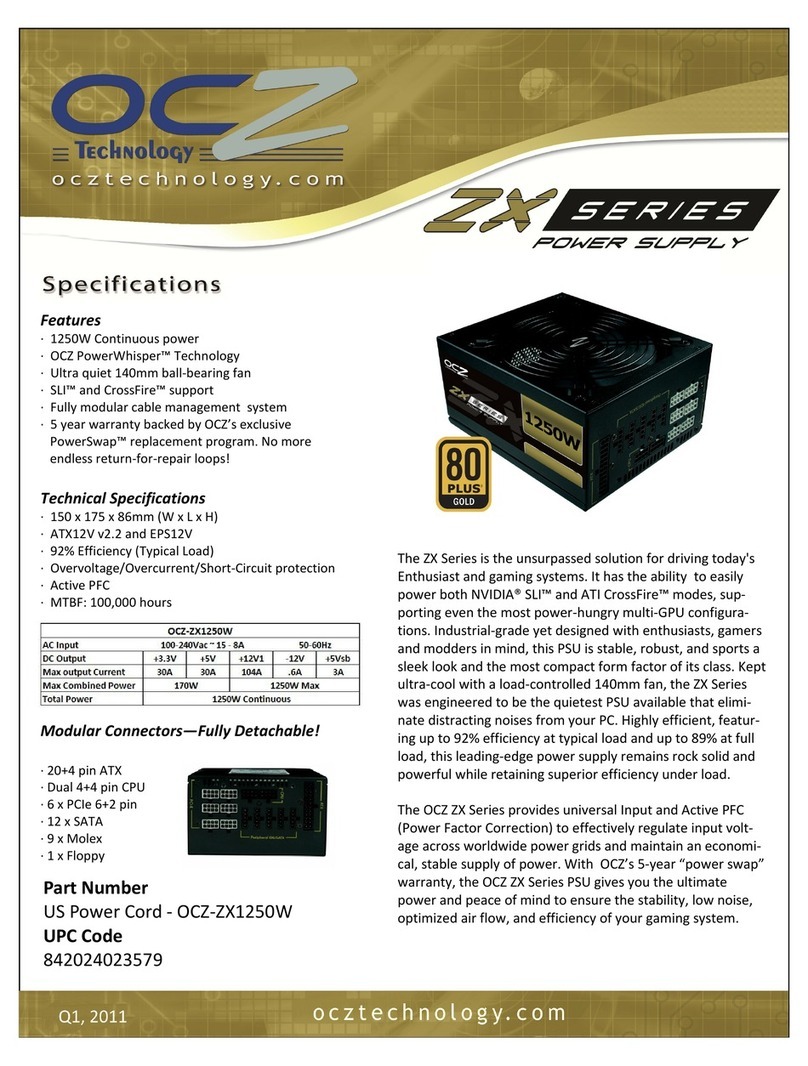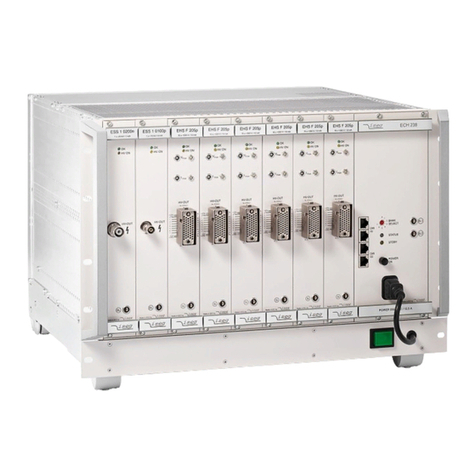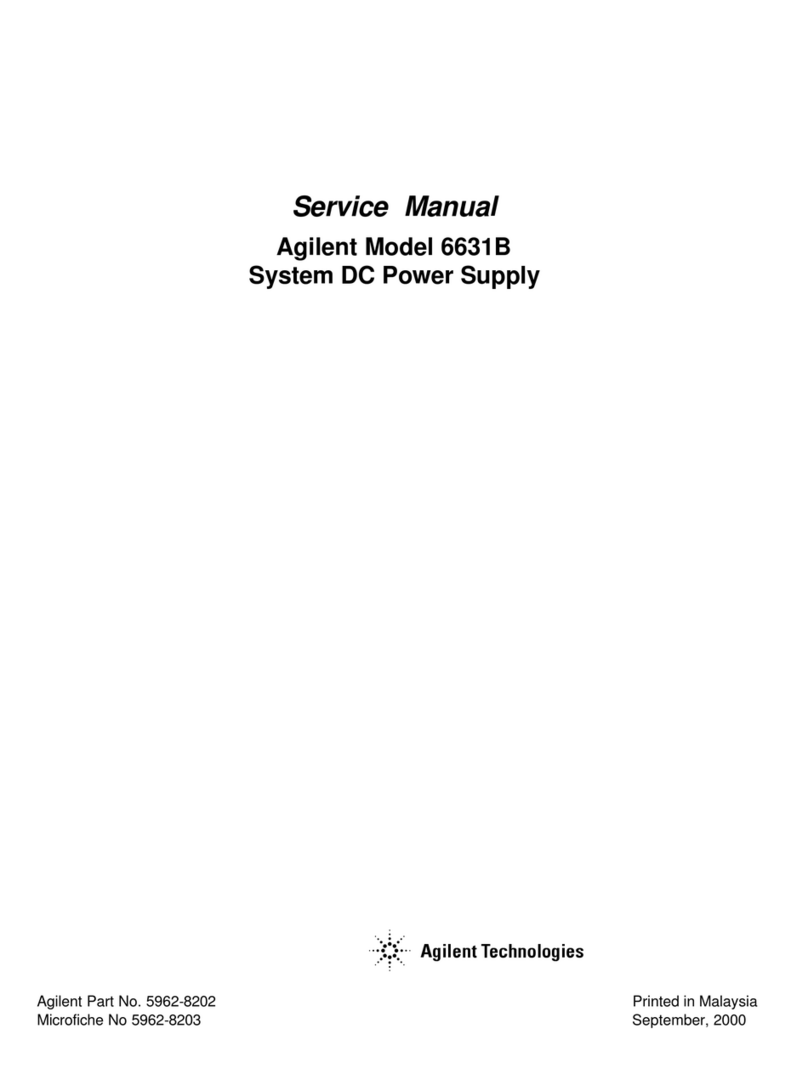
2
Inhaltsverzeichnis
1
Sicherheitshinweise .................................................................................................... 3
2
Normenkonformität...................................................................................................... 3
3
Funktion...................................................................................................................... 4
4
Kennzeichnung und technische Daten........................................................................ 4
5
Projektierung............................................................................................................... 5
5.1
Maximal zulässige Umgebungstemperaturen.......................................................5
5.2
Verlustleistung ..................................................................................................... 5
5.3
Projektierung der Verlustleistung in Schaltschränken........................................... 6
6
Anordnung und Montage............................................................................................. 7
6.1
Maßzeichnung ..................................................................................................... 7
6.2
Installation............................................................................................................ 7
6.3
Montage und Demontage..................................................................................... 7
7
Inbetriebnahme........................................................................................................... 8
7.1
Anschlüsse .......................................................................................................... 8
7.2
Einstellungen (nur 9162/13-11-62)....................................................................... 9
7.3
Grenzwerteinstellung ........................................................................................... 9
7.4
Wiedereinschaltsperre ....................................................................................... 10
8
Betrieb- und Betriebszustände.................................................................................. 10
9
Reparatur und Instandhaltung................................................................................... 10
10
Zubehör und Ersatzteile............................................................................................ 10
Content
1
Safety instructions..................................................................................................... 11
2
Conformity to standards............................................................................................ 11
3
Function.................................................................................................................... 12
4
Marking and technical data ....................................................................................... 12
5
Engineering............................................................................................................... 13
5.1
Max. ambient temperatures................................................................................ 13
5.2
Power dissipation............................................................................................... 13
5.3
Engineering of the power dissipation in cabinets................................................ 14
6
Arrangement and fitting............................................................................................. 15
6.1
Dimension drawing ............................................................................................ 15
6.2
Installation.......................................................................................................... 15
6.3
Mounting and dismounting................................................................................. 15
7
Commissioning ......................................................................................................... 16
7.1
Connections....................................................................................................... 16
7.2
Settings (only 9162/13-11-62)............................................................................ 17
7.3
Set-up of the limit value switch........................................................................... 17
7.4
Re-closing lockout function ................................................................................ 18
8
Operation and operational states .............................................................................. 18
9
Maintenance and repair ............................................................................................ 18
10
Accessories and spare parts..................................................................................... 18
Bemerkung / Notes .......................................................................................................... 19
EG-Konformitätserklärung / EC-Declaration of Conformity............................................... 20


